After five months standing idle in warm waters, this VLCC resumed trading without the need for hull cleaning thanks to its Hempaguard X7 hull coating
The marine industry is dynam ic, with vessels bought and sold often. This can lead to unpredictability in a vessel’s trading pattern and activity level – and potentially long idle periods, during which biofouling can develop on the hull. When biofouling accumulates beyond certain thresholds, in-water hull cleaning is needed before the vessel resumes trading – a costly and time consuming process. Our Hempaguard range of products represents the best solution to avoid in-water hull cleaning in most trading scenarios.
This VLCC tanker was coated with Hempaguard X7 in 2022. The original owner wanted a system that would provide flexibility in different trading scenarios while ensuring high fuel efficiency. Hempaguard was chosen for its unique ability to reduce out-of-dock average hull roughness and withstand extended idle periods in waters with increased biofouling risk. In contrast to other antifouling coatings, Hempaguard maintains its surface smoothness over an extended period, keeping the hull biofouling-free in almost all trading scenarios and after long idle periods.
The challenge
The solution
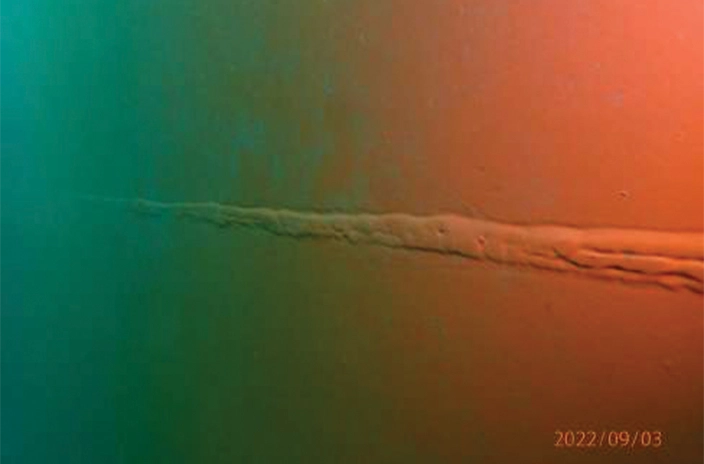
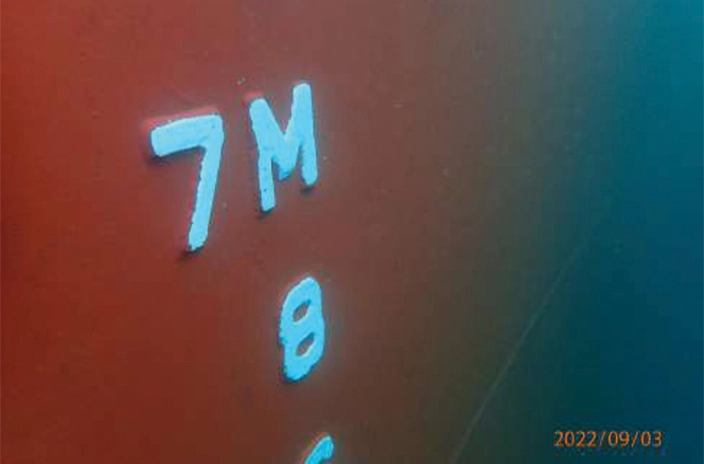
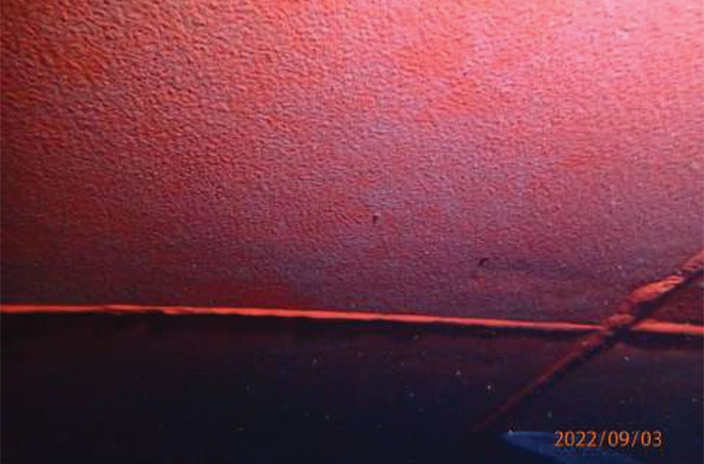
At a glance
- Vessel type: VLCC
- Built: 2006
- Last drydock: February 2022
- Inspection data*:
- Performance since last drydock:
- Activity level: 3.7%
- Average speed: 8.2kn
- Average water temperature: Warm (27.3°C)
- Water depth: Shallow
- Performance since last drydock:
* Inspection data collected 7 months after drydocking and after 5-month idle period
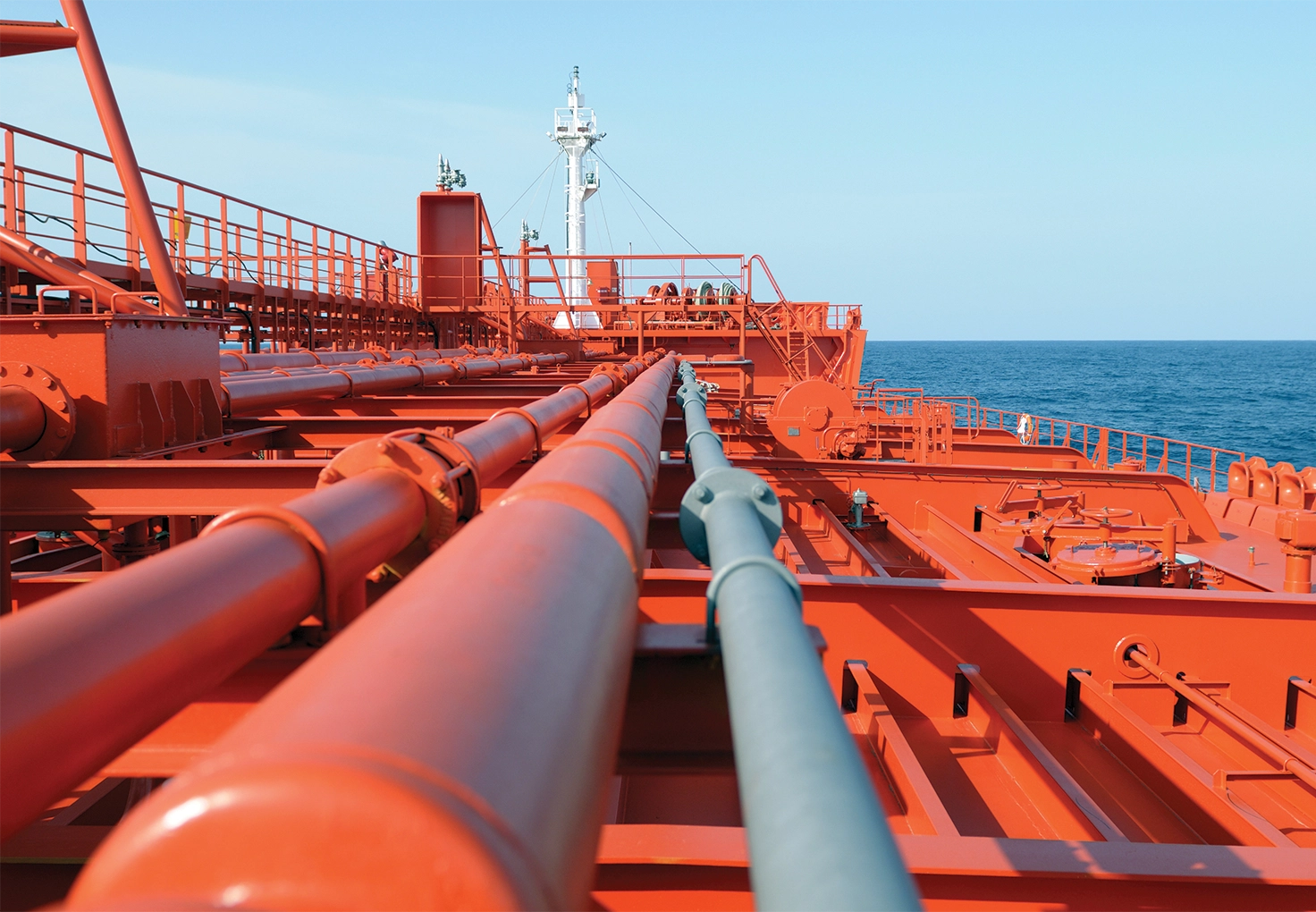
Our Cases
How we’ve helped our customers
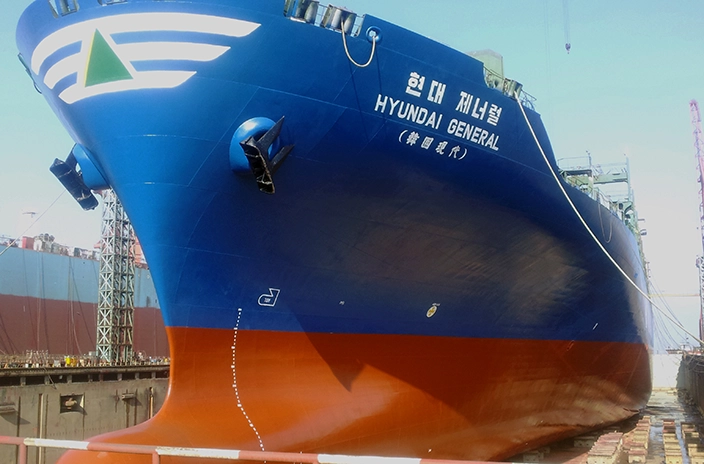
Hyundai boosts fuel savings with Hempaguard X7
Hempaguard delivers major fuel efficiency gains with advanced fouling protection for vessels like Hyundai General
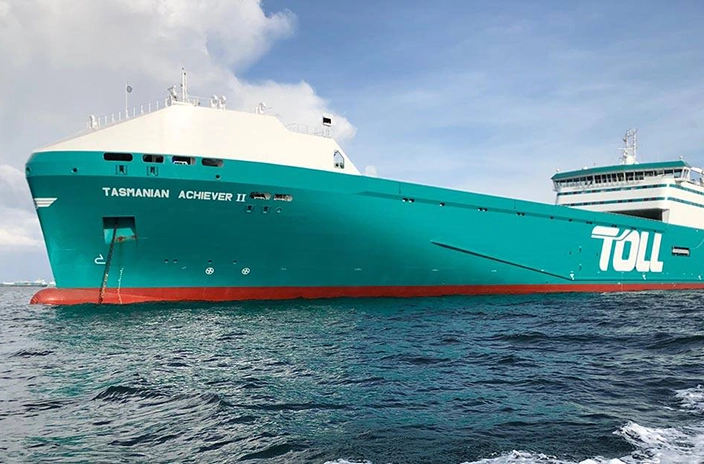
Hempaguard X7 cuts fuel use on Toll Shipping's Ro-Ro vessels
Hempaguard X7 cuts fuel use on Toll Shipping's new Ro-Ro vessels, enhancing efficiency and sustainability
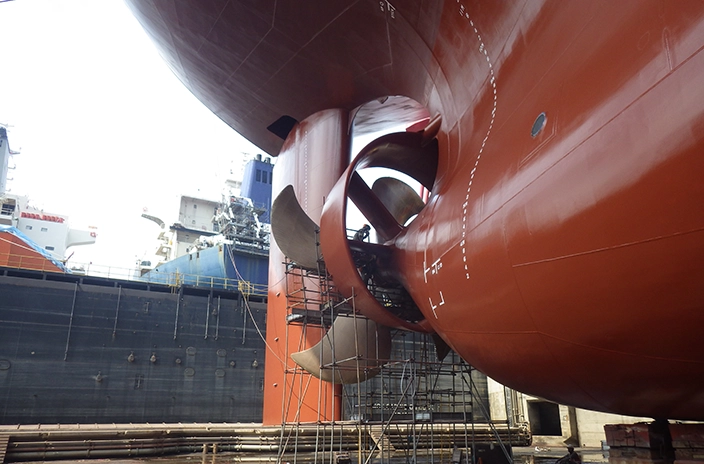
Euronav chooses Hempaguard after impressive results
Euronav opts for Hempaguard after impressive test results
